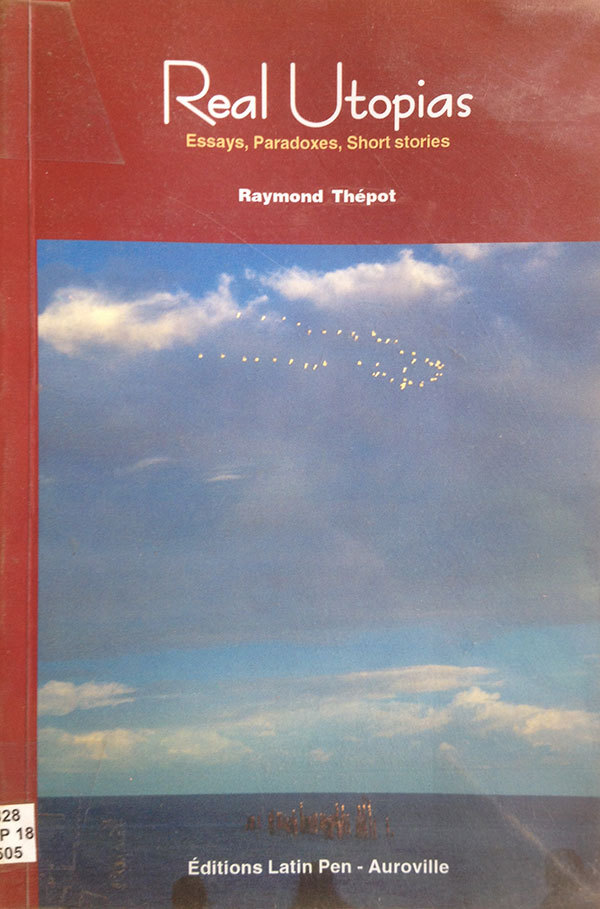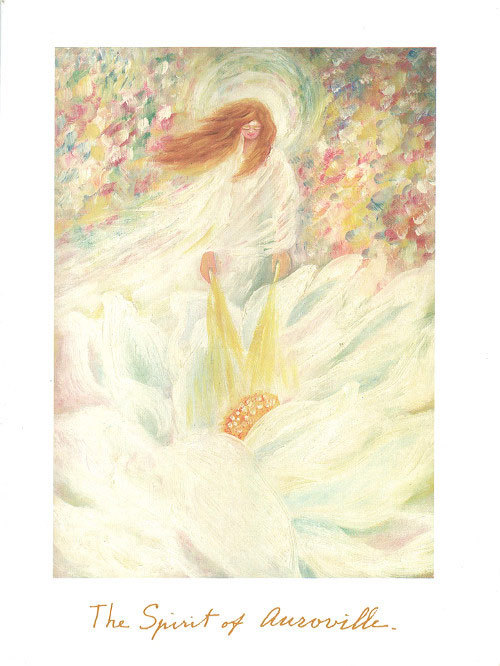Last updated:
The English of Savitri Volume 4
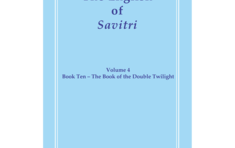
This is the fourth volume of the English of Savitri series based on transcripts of classes led by the author at Savitri Bhavan, in this case from October 8, 2015 to June 6, 2016. The transcripts have been carefully revised and edited for conciseness and clarity, while aiming to preserve the informal atmosphere of the course. This volume contains a summary of the two cantos of Book Nine of Sri Aurobindo’s epic Savitri – A Legend and a Symbol, followed by detailed explanations of the four Cantos of Book Ten, The Book of the Double Twilight. Each sentence is examined closely and explanations are given about vocabulary, sentence structure and imagery. The aim is to assist a deeper understanding and appreciation of the poem which the Mother has characterised as ‘the supreme revelation of Sri Aurobindo’s vision’.
Book Details
Author: Shraddhavan
Print Length: 334 pages
Publisher: Savitri Bhavan
Sold by: Auro e-Books
Book format: PDF, ePub, Kindle
Language: English
Price: $3.99
Book Download
https://www.auro-ebooks.com/english-of-savitri-4/
provided by Auro e-Books
Table of Contents
Foreword
Summary of Book Nine – The Book of Eternal Night
- Book Nine, Canto One – Towards the Black Void
- Book Nine, Canto Two – The Journey in Eternal Night
Book Ten – The Book of the Double Twilight
- Canto One – The Dream Twilight of the Ideal
- Section 1, lines 1-94
- Section 2, lines 95-254
- Canto Two – The Gospel of Death and Vanity of the Ideal
- The Gospel of Death: lines 1-200
- Savitri’s Response: lines 201-282
- Death Speaks Again: lines 283-471
- Canto Three – The Debate of Love and Death
- Section 1, lines 1-312
- Section 2, lines 313-687
- Canto Four – The Dream Twilight of The Earthly Real
- Section 1, lines 1-82
- Section 2, lines 83-308
- Section 3, lines 309-460
- Section 4, lines 461-841
- Section 5, lines 842-973
Book Sample
The English of Savitri Volume 4
The Third and last Part of Sri Aurobindo’s epic follows Savitri from the point at the end of Book Eight, The Book of Death, where she realises that:
… visible Death was standing there
And Satyavan had passed from her embrace.
Savitri pursues Satyavan’s soul as he is led away by Death through Book Nine, The Book of Eternal Night, Book Ten, The Book of the Double Twilight, and even Book Eleven, The Book of Everlasting Day, until the Voice of the Supreme at last declares:
“O beautiful body of the incarnate Word,
Thy thoughts are mine, I have spoken with thy voice.
My will is thine, what thou hast chosen I choose:
All thou hast asked I give to earth and men. …
“Descend to life with him thy heart desires.
The Supreme Voice gives an exhaustive prophecy of what Savitri’s Victory will mean, first for herself, and then for the future of the earth, bringing a close to Book Eleven, which is followed by Book Twelve, Epilogue – The Return to Earth.
This fourth volume in the English of Savitri offers first a brief summary of the two cantos of Book Nine, and then focuses on the four Cantos of Book Ten.
It appears from Sri Aurobindo’s letters and what Nirodbaran has written in his Twelve Years with Sri Aurobindo that Book Ten of Savitri was composed between 1946 and 1947, with only a few lines here and there originating from earlier versions of the poem. We are told that especially its fourth canto was considerably expanded at this time to about 18 times its original length.
In the ‘Note on the Text’ appearing at the end of the 1993 revised edition of Savitri we read:
… [O]ld drafts … formed merely a starting-point for the four cantos of Book Ten. The speeches of Savitri and Death were refashioned, rearranged in their order, and new ones inserted. As he proceeded from one canto to the next, Sri Aurobindo added longer and longer passages that were quite new. The first section of Canto One, the long speech of Death which ends Canto Two, all but the last few pages of Canto Three, and most of Canto Four—especially its second half, where Savitri finally triumphs over Death—owe little or nothing to any early version.
From The Mother’s Agenda we can see that the Mother took a special interest in this Book of Savitri, especially the last two cantos; so much so that she decided to start translating parts of it into French, not with the intention of publishing her translation, but because she felt that contact with this part of Sri Aurobindo’s epic would be helpful to her. She first announced her intention to start translating parts of Book Ten on September 18, 1962, when she declared:
I am going to take the whole section of Savitri … from “The Debate of Love and Death” [Book Ten, Canto Three] to the point where the Supreme Lord makes his prophecy about the earth’s future; it’s long – several pages long. This is for my own satisfaction. …
I am not doing it to show it to people or to have anyone read it, but to remain in Savitri’s atmosphere, for I love that atmosphere. … The idea isn’t to make a translation, but to SEE. To try something. To give me the daily experience of that contact. … It will be an interesting thing to do.
The Mother started translating from Book Ten some six months later, on March 13, 1963, and continued up to July 1, 1970. There are many references to this work in the course of the Agenda and it is evident that, as she expected, it paralleled and illumined her sadhana. So far as we know, she translated into French 1611 lines from the 2385 lines making up Book Ten.
What is the special interest of this Book in particular? Savitri offers us so much spiritual Knowledge in the course of the poem: there is ‘The Secret Knowledge’ shared with us in Book One Canto Four; then Aswapati’s exploration of all the planes of existence in Book Two, followed by his meeting with the Divine Mother in Book Three and all that she reveals to him. There is the revelation of Savitri’s ‘Birth and Quest’ in Book Four, and Sri Aurobindo’s disclosure of the true nature of human love at the end of Book Five, Canto Two. Then in Book Six, Canto Two we find Narad’s revelations about ‘The marvel and the mystery of pain’. These are followed by the successive revelations given in Book Seven, as Sri Aurobindo leads us through the course of Savitri’s Yoga. But it is when we come to Book Ten that we feel most acutely that through the words of Savitri in her debate with Death Sri Aurobindo is giving us his answers to our own doubts and disbeliefs.
I remember a young seeker who participated in our Savitri study some years ago who pointed out, as we were reading Book Ten, that the thoughts which Death is championing correspond to our own normal human beliefs and assumptions; it is as if he is speaking with our own mental voice. But then Savitri’s replies to him cast a much profounder light; as she herself puts it at the beginning of Canto Three of Book Ten:
O Death, thou speakest truth but truth that slays,
I answer to thee with the Truth that saves.
Death’s words and arguments may seem convincing, even obvious and natural to us at first because they correspond to what we ourselves think and believe. But Sri Aurobindo, in his great compassion, reveals to us through Savitri’s responses a higher Light, which disperses the darkness of Death and Ignorance and illumines us with ‘the Truth that saves’, which shall enable ‘this earthly life’ to ‘become the Life Divine’.
All gratitude to Sri Aurobindo!
Shraddhavan
Auroville
10.04.2018
-
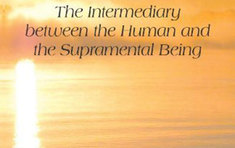
Overman: The Intermediary between the Human and the Supramental Being
-

Immortal India - Towards the Ideal Society
-
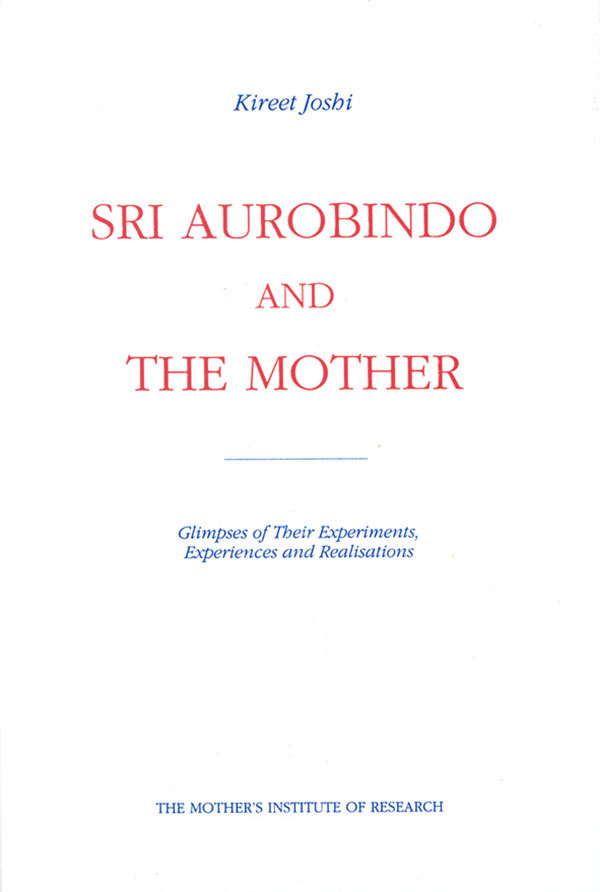
Sri Aurobindo and the Mother
-

Preparing for the Miraculous
-

Beyond Man
-
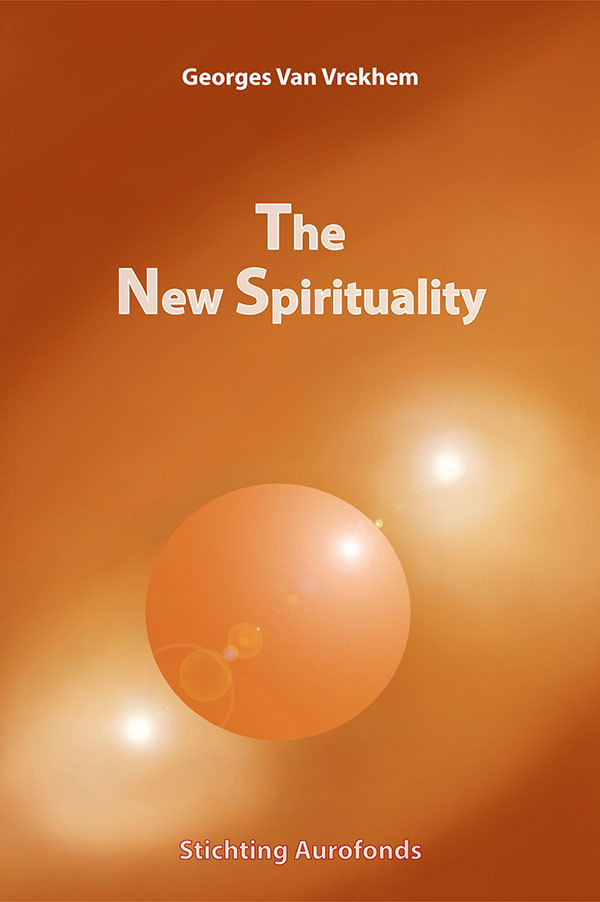
The New Spirituality
-

Becoming One: The Psychology of Integral Yoga
-
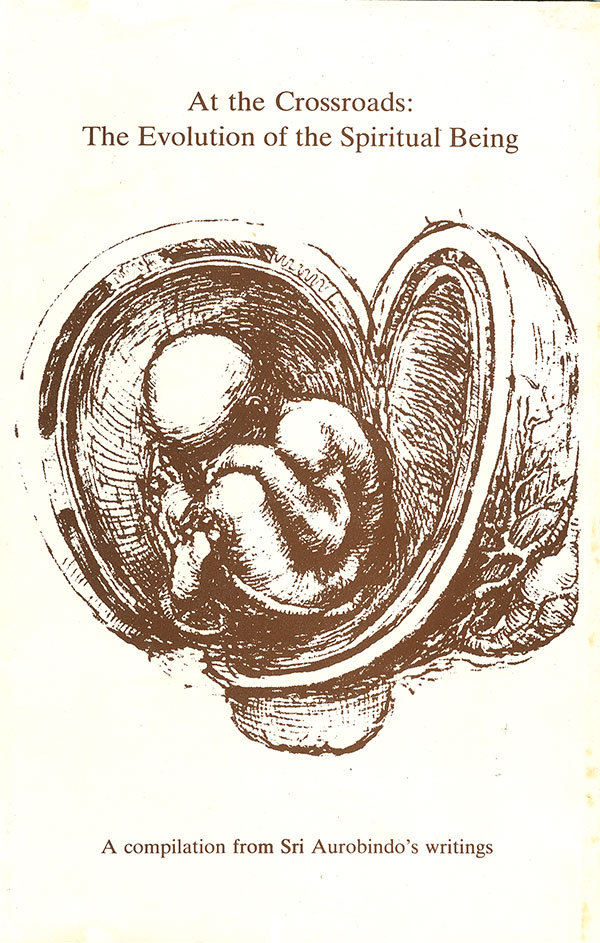
At the Crossroads: The Evolution of the Spiritual Being
-
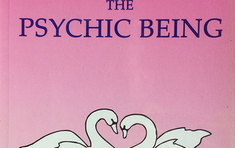
Finding the Psychic Being
-
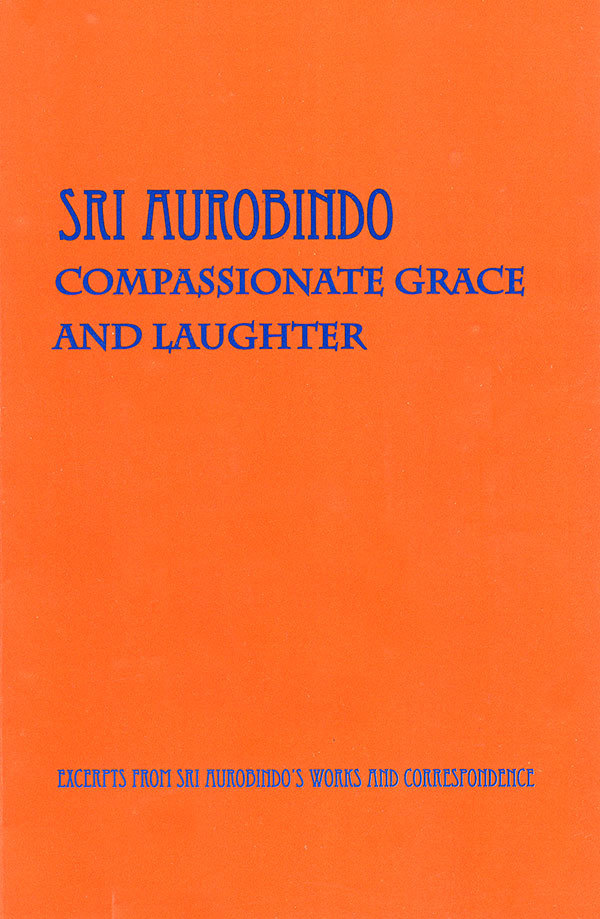
Sri Aurobindo: Compassionate Grace and Laughter
-

Veda-Weisheit
-

Being of Gold: Our Goal of Self-Perfection
-
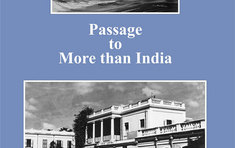
Passage to More than India
-

Avatarhood: Human and Divine
-
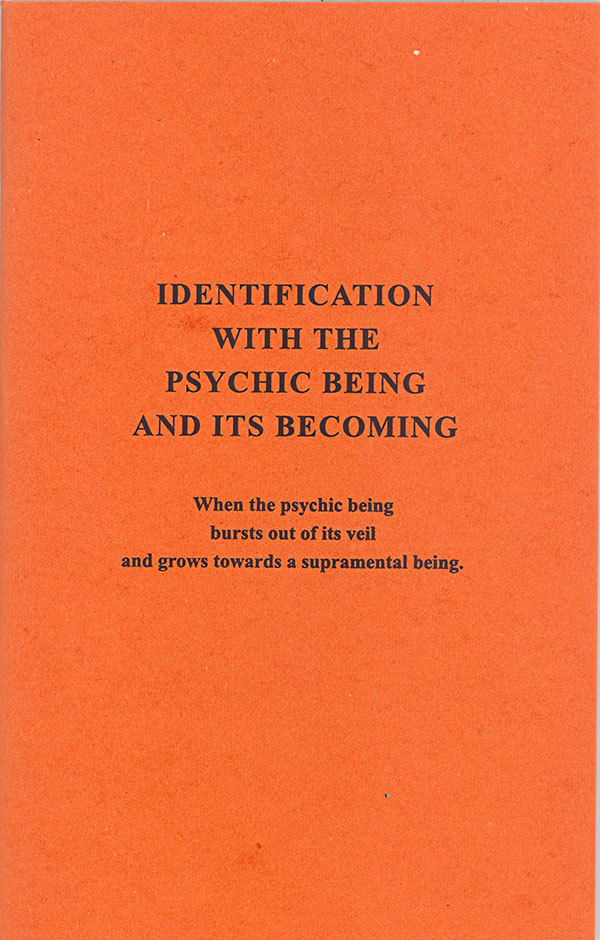
Identification with the Psychic Being and It's Becoming
-
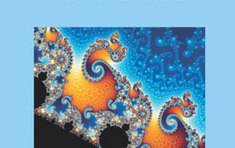
Patterns of the Present
-

Savitri: La scoperta dell'Anima e la vittoria sulla Morte
-
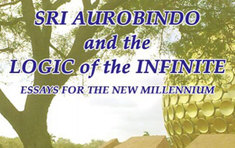
Sri Aurobindo and the Logic of the Infinite: Essays for the New Millennium
-
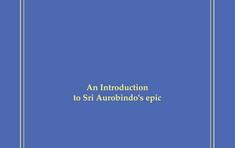
Savitri - The Golden Bridge, the Wonderful Fire
-
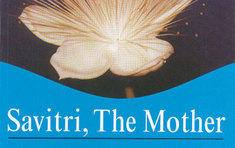
Savitri, the Mother
-
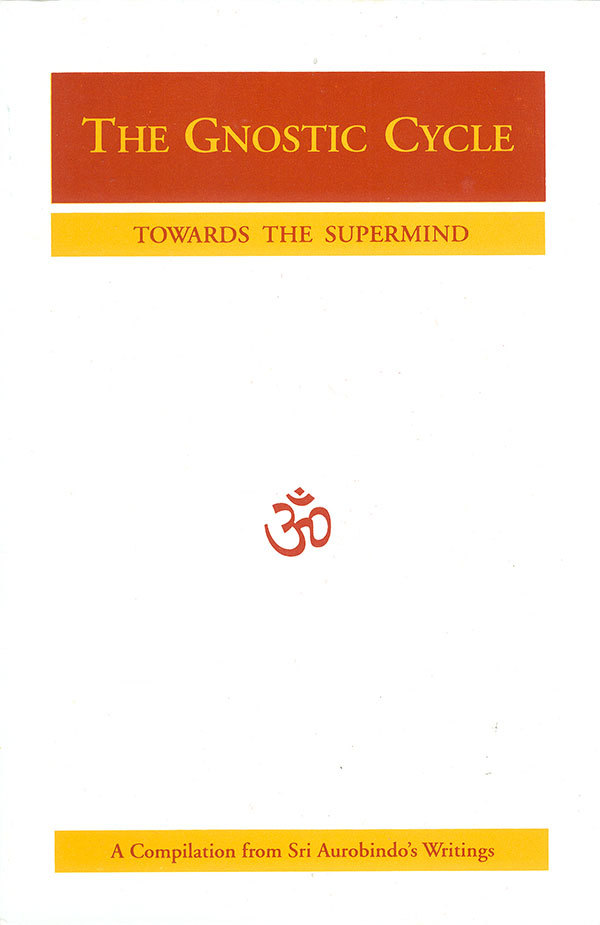
The Gnostic Cycle: Towards the Supermind
-
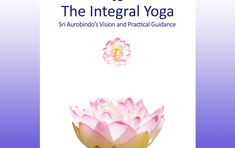
An Introduction to the Integral Yoga: Sri Aurobindo's Vision and Practical Guidance
-
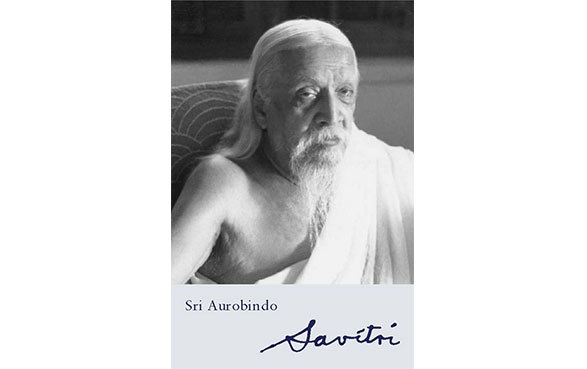
Savitri
-
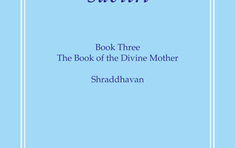
The English of Savitri Volume 2
-

The English of Savitri Volume 1
-
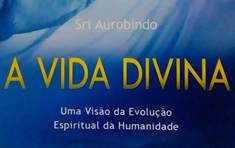
The Life Divine - translated into Portuguese
-
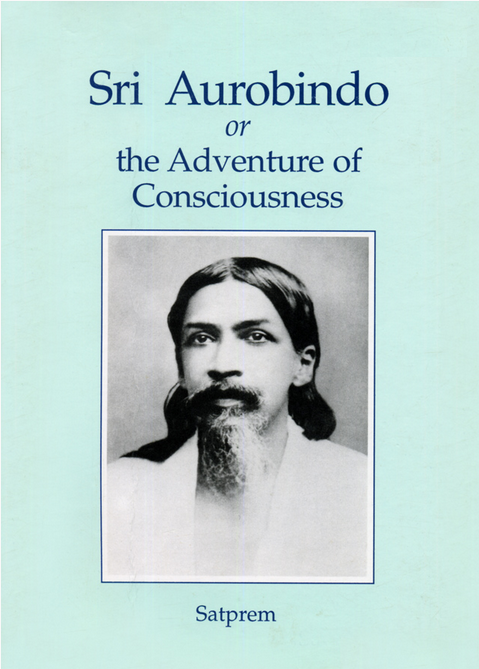
Sri Aurobindo or The Adventure of Consciousness
-
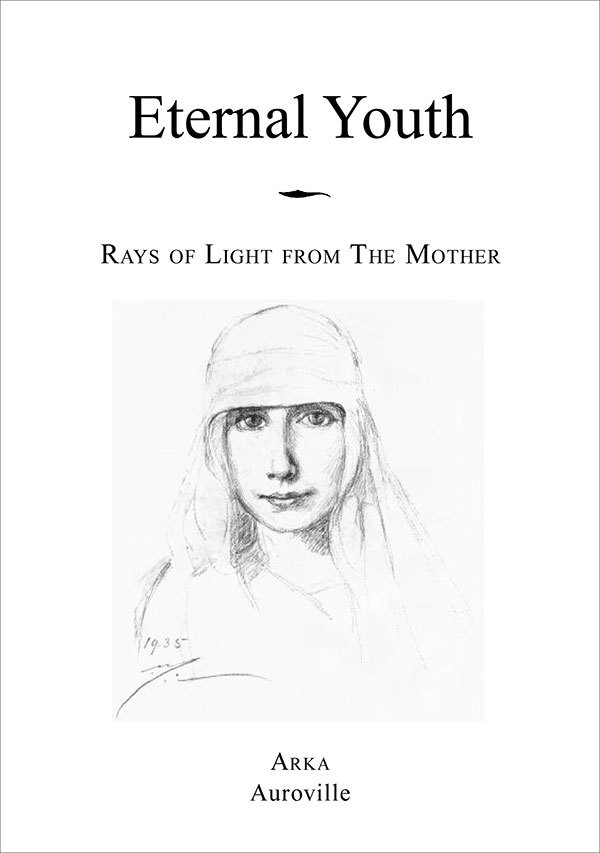
Eternal Youth
-
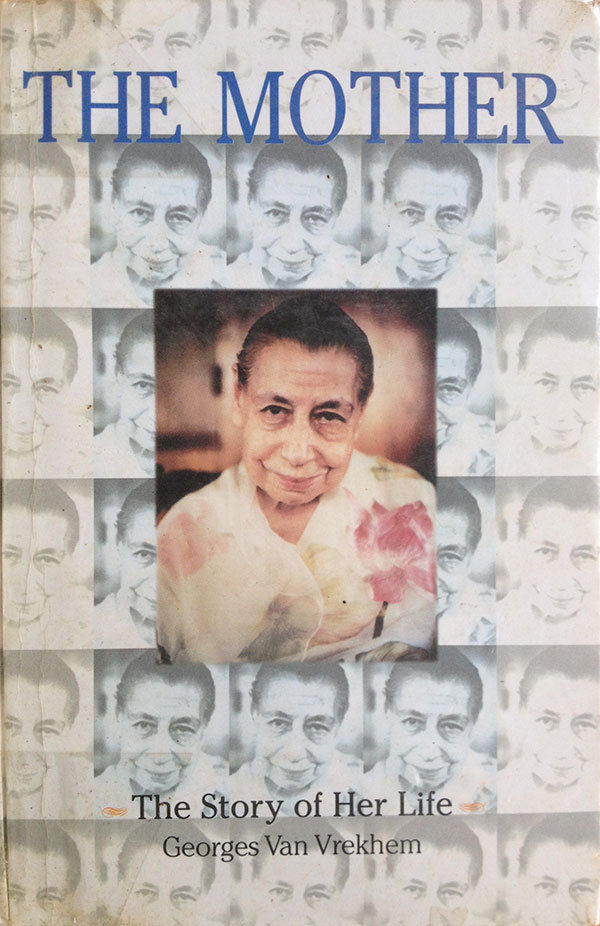
The Mother: The Story of Her Life
-
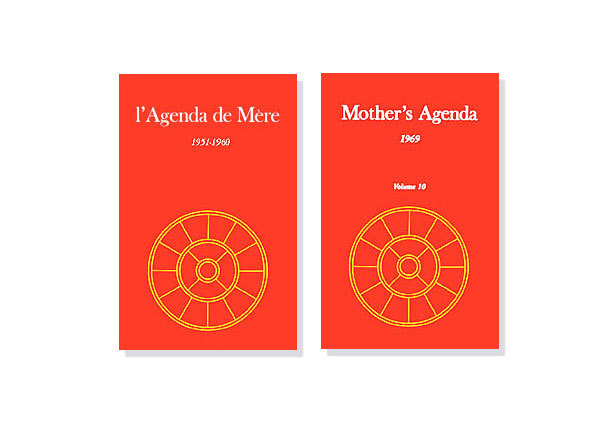
Mother's Agenda
-
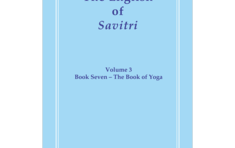
The English of Savitri Volume 3
-

The Gunas - The Three Modes of Nature
